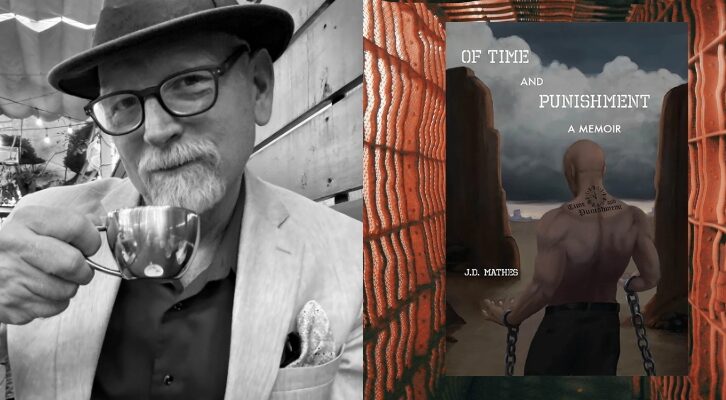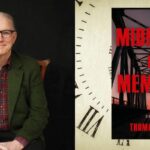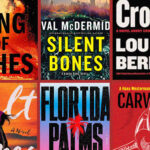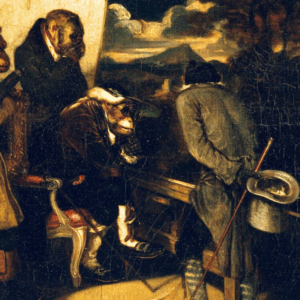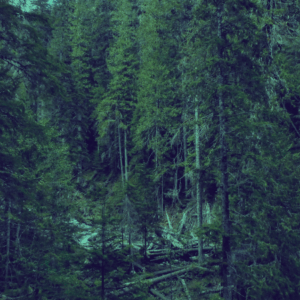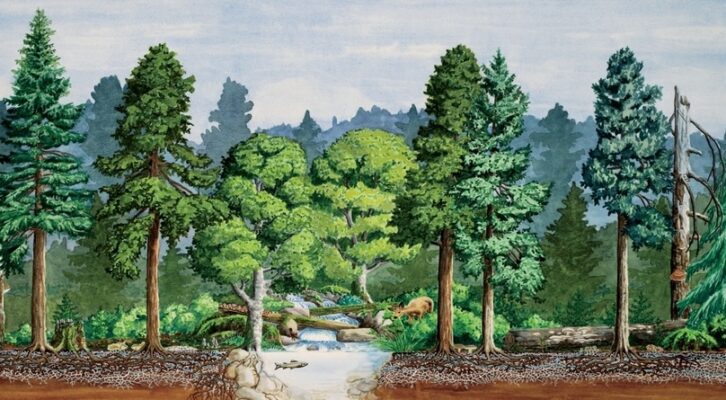
The 10 Best Books on Permaculture
With Recommendations From Experts David Holmgren, Claudia Joseph, and Tony Rollison
To begin, it may be helpful to define permaculture, as the term itself dates back only to 1978. The word is simply a portmanteau of “permanent” and “agriculture,” and was coined by Bill Mollison and David Holmgren to coalesce a series of ecological design principles and sustainable ways of gardening and living under an umbrella category, in direct opposition to modern industrialized methods. Many wisdoms intrinsic to permaculture long predate the term—it cannot be understated how much stems from indigenous knowledge and was passed down from generations before, from these ancestral stewards who listened to, and trusted, the land.
Permaculture is about learning from and working with planet earth. The idea is quite straightforward: nature knows best how things grow. A permaculture garden strives to mimic natural patterns and systems, in its soil, water and plant designs, that allow natural processes to, in some sense, maintain the garden: the watering, fertilizing, planting, the survival through hard weather and even changing climates. In other words, permaculture, using concepts learned from natural ecosystems, seeks to minimize the gardener’s work.
There are three ethics central to permaculture, that is: earth care, people care, and fair share. Perhaps most interestingly these concepts are intended to be universally applicable, and the following ten texts demonstrate that permaculture is not only about gardening, it is about life, too, for all of us. There is something to permaculture’s wisdom whether you are a gardener or not. This list is designed to be useful and expansive for all, the new and old to permaculture, and those merely seeking perspective.
*
This list was made with the thoughtful help of three experts in permaculture: David Holmgren, co-originator of permaculture, Claudia Joseph, who founded the New York Permaculture Exchange, and Tony Rollison, of Permaculture magazine. They each shared a list of the ten best books on permaculture, in their expert opinion. As such, every text on this list was endorsed by at least one expert; in fact, most had two. Their bios can be found at the bottom of the list.
*
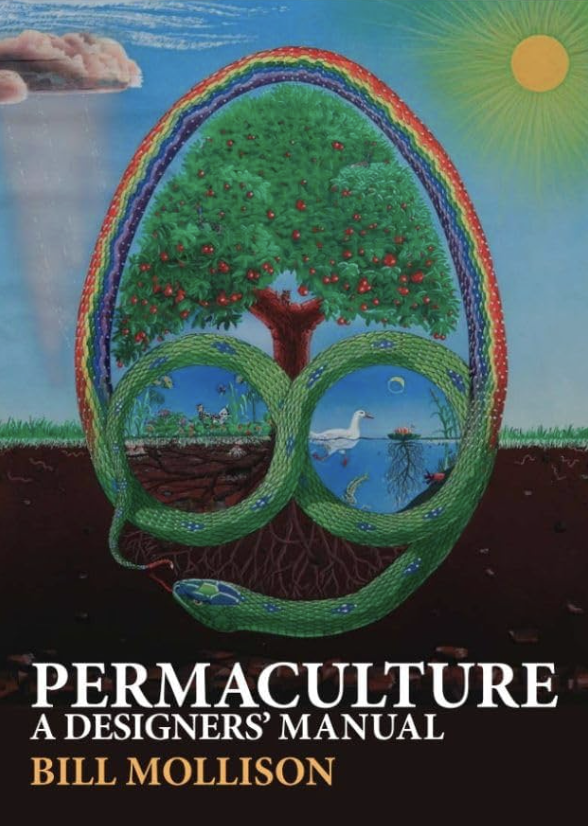
Bill Mollison, Permaculture: A Designer’s Manual (1988)
Permaculture: A Designer’s Manual is known as the permaculture bible, and for good reason. Mollison, alongside David Holmgren (one of our experts), originated the field of permaculture itself. This book serves as its holistic reference at 600 pages, covering everything from the philosophy (work with nature not against) and ethics (the three principles: care for earth, care for people, fair share) to the practical design and implementation, whose ideas are still evergreen today.
“At once revolutionary, scholarly and practical, it was a call to arms for the environmental movement, a challenge to begin building the world we all want to see from the ground up.” –Rob Hopkins, in Permaculture magazine
Recommended by 3 experts and 1 editor*
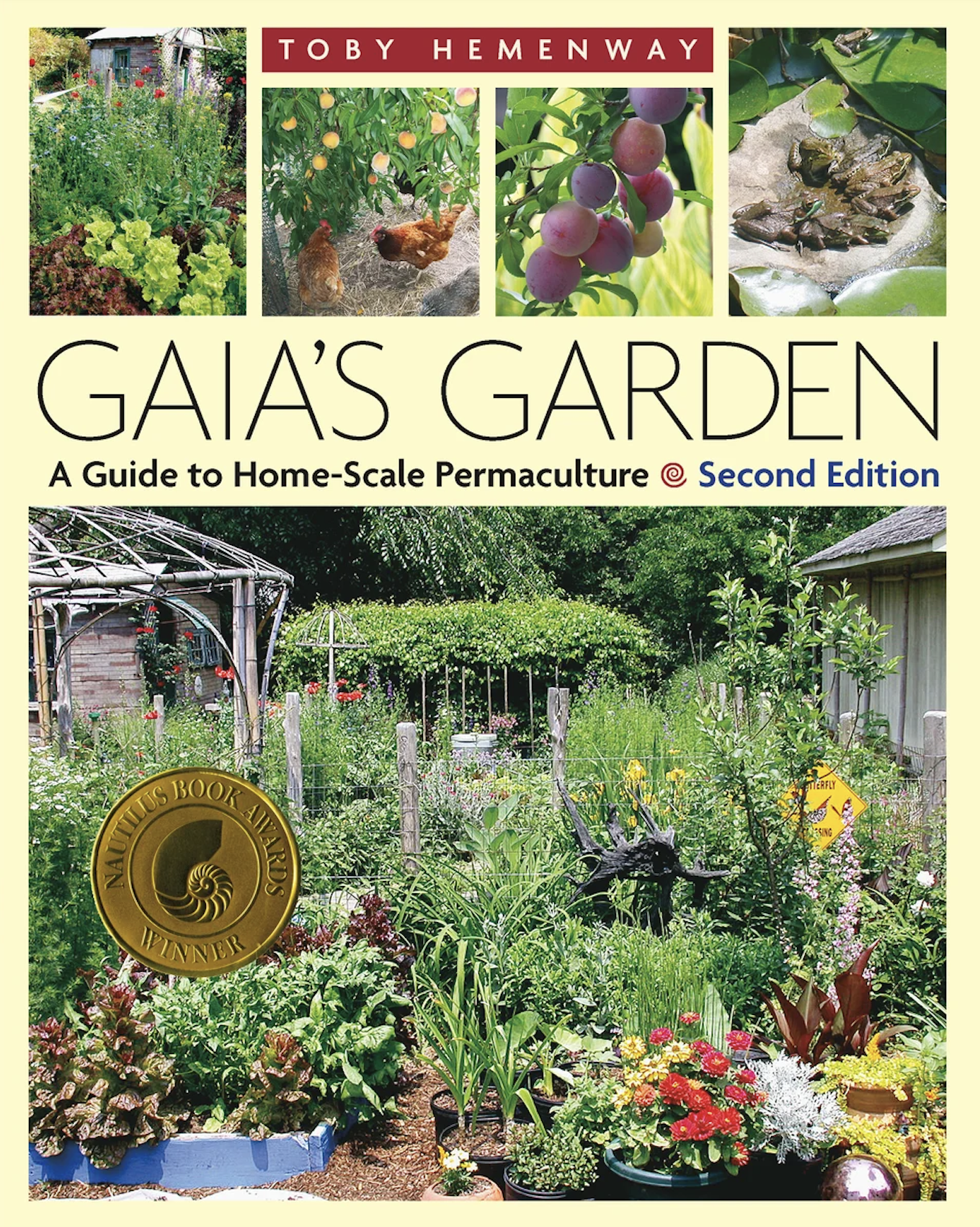
Toby Hemenway, Gaia’s Garden: A Guide to Home-Scale Permaculture (2001)
Gaia’s Garden beautifully applies permaculture technique and design to the home garden. Hemenway draws on the sciences to teach the basics of permaculture design and apply them to a home garden of any size. As the book’s introduction states, “[ecological gardens] are more than the sum of their parts. An ecological garden feels like a living being, with a character and essence that is unique to each.” Hemenway’s work is accessible to the beginner without compromising detail and nuance. The revised version includes a chapter on urban gardening.
Recommended by 2 experts and 1 editor
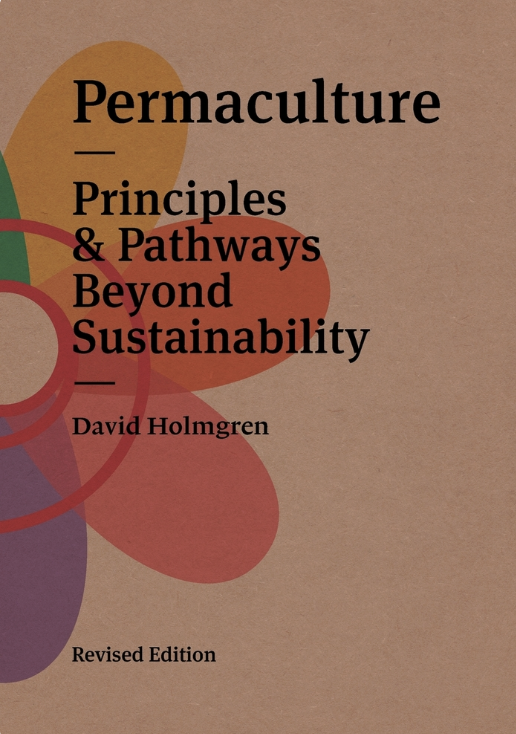
David Holmgren, Permaculture: Principles & Pathways Beyond Sustainability (2002)
David Holmgren is one of the co-originators of the field of permaculture, and like Mollison’s Designer’s Manual, Permaculture: Principles & Pathways Beyond Sustainability seeks to present permaculture as a whole system of thinking, beyond methods for gardening. Holmgren defines a set of twelve design principles, which, rooted in the three permaculture ethics, provide a framework for sustainable design and culture as a whole. This book is an essential text for anyone interested in how to apply permaculture concepts.
Recommended by 2 experts and 1 editor
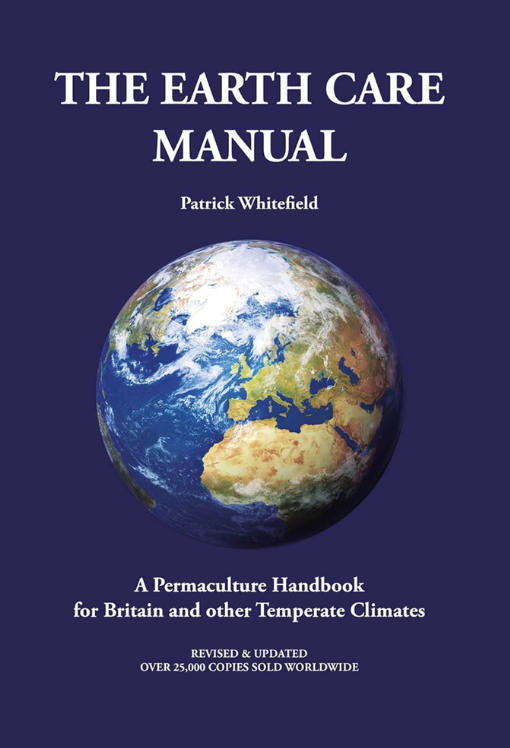
Patrick Whitefield, The Earth Care Manual (2016)
Patrick Whitefield, an early pioneer of permaculture, has written a great deal on the subject, but if you were to read only one, it would be The Earth Care Manual—which is generally agreed to be the definitive book on permaculture in temperate climates. Permaculture was originally conceived in Australia, a mainly tropical climate, such that “the temperate application/translation of permaculture was an essential development and affirmation of permaculture’s vitality” (Tony Rollison). As it states on its first page, The Earth Care Manual is “much more about solutions than about problems”—a rare thing on the topic of planetary health. It’s a practical guide for the skilled or the total beginner, explaining how to apply permaculture to “the smallest of buildings or apartments, to houses, gardens, orchards, farms and woodlands.” The book seeks to teach the reader how to ask the right questions of any situation, not as an explicit how-to, stating “for example, in the chapter on gardening you will not find detailed information on how to grow carrots and peas, but you will find details on vegetable polycultures, perennial vegetables, no-dig gardening, the application of permaculture design principles to the garden and so on” (Introduction).
Recommended by 2 experts and 1 editor
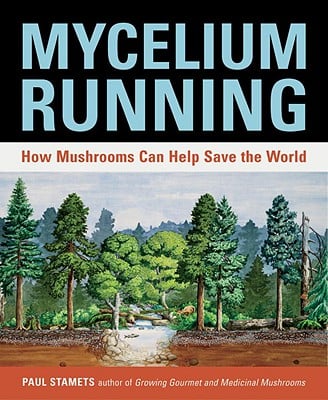
Paul Stamets, Mycelium Running: How Mushrooms Can Help Save the World (2005)
“How many people realize that trees and other green plants could not grow and reach maturity without symbiotic associations with mushrooms, at least with mycelium, the network of fungal threads in soil that act as interfaces between plant roots and nutrients?” Though not explicitly a text on permaculture, Mycelium Running is an excellent book about the power of fungi in agricultural restoration and in both planetary and human health. A quintessential part of permaculture is the rehabilitation of degraded ecosystems: Stamets has termed this strategy “mycorestoration”—“the use of fungi to improve the health of the environment: by filtering water, helping trees to grow in forests and plants to grow in gardens, and by controlling insect pests.” (Andrew Weil, MD, from the foreword)
Recommended by 2 experts and 1 editor
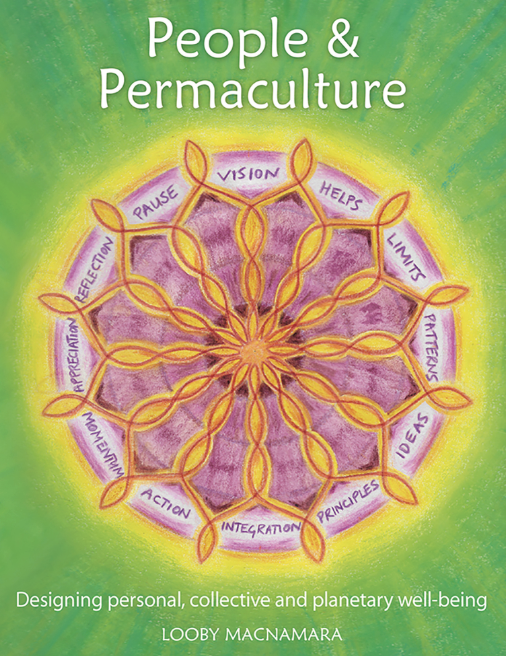
Looby Macnamara, People & Permaculture (2012)
People & Permaculture focuses on the peoplecare ethic of permaculture,“to restore personal, social and planetary well-being.” Macnamara is a pioneer of social permaculture. “Her exploration of people care is a significant addition to what permaculture has taught us to date. Her focus on how to improve our health, avoid burn out and build resilience is a major piece of work” (Tony Rollison). “In this book Looby Macnamara uses her solid grounding in permaculture to show that its principles and thinking can help us all be effective and hopeful in an age of change and challenge” (David Holmgren).
Recommended by 2 experts and 1 editor

Rosemary Morrow, Earth Restorer’s Guide to Permaculture (2022)
Earth Restorer’s Guide “covers practical essentials such as soils, water, microclimates, trees, seeds, design, pattern literacy, pests and weeds” but it is also a call to action. Earth Restorer’s Guide turns its eye globally and offers insights on such large topics as decolonization, climate change, and economic inequality. This book is filled with a lifetime of teachings, as Rosemary Morrow has taught permaculture, all over the world, for 40 years. Earth Restorer’s Guide is an expanded and updated version of Earth User’s Guide.
Recommended by 2 experts and 1 editor
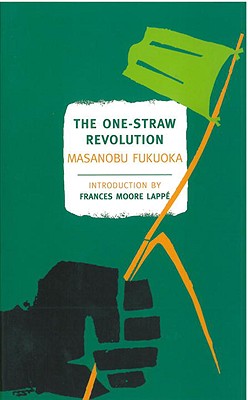
Masanoba Fukuoka, The One-Straw Revolution (1975, reissued 2009)
In 1975, Masanoba Fukuoka was “distressed by the effects of Japan’s post-war modernization” and wrote The One-Straw Revolution, a manifesto on the importance of no-till agriculture. Though Fukuoka was a contemporary of permaculture, it seems he came to his ideas independently, and yet they are no less relevant. The One-Straw Revolution is a philosophical work: NYRB, who reissued the book in 2009, describes it as “a spiritual memoir of a man whose innovative system of cultivating the earth reflects a deep faith in the wholeness and balance of the natural world.” Fukuoka explains his “do-nothing” approach to farming: “commonsense, sustainable practices that all but eliminate the use of pesticides, fertilizer, tillage, and perhaps most significantly, wasteful effort.”
Recommended by 1 expert and 1 editor
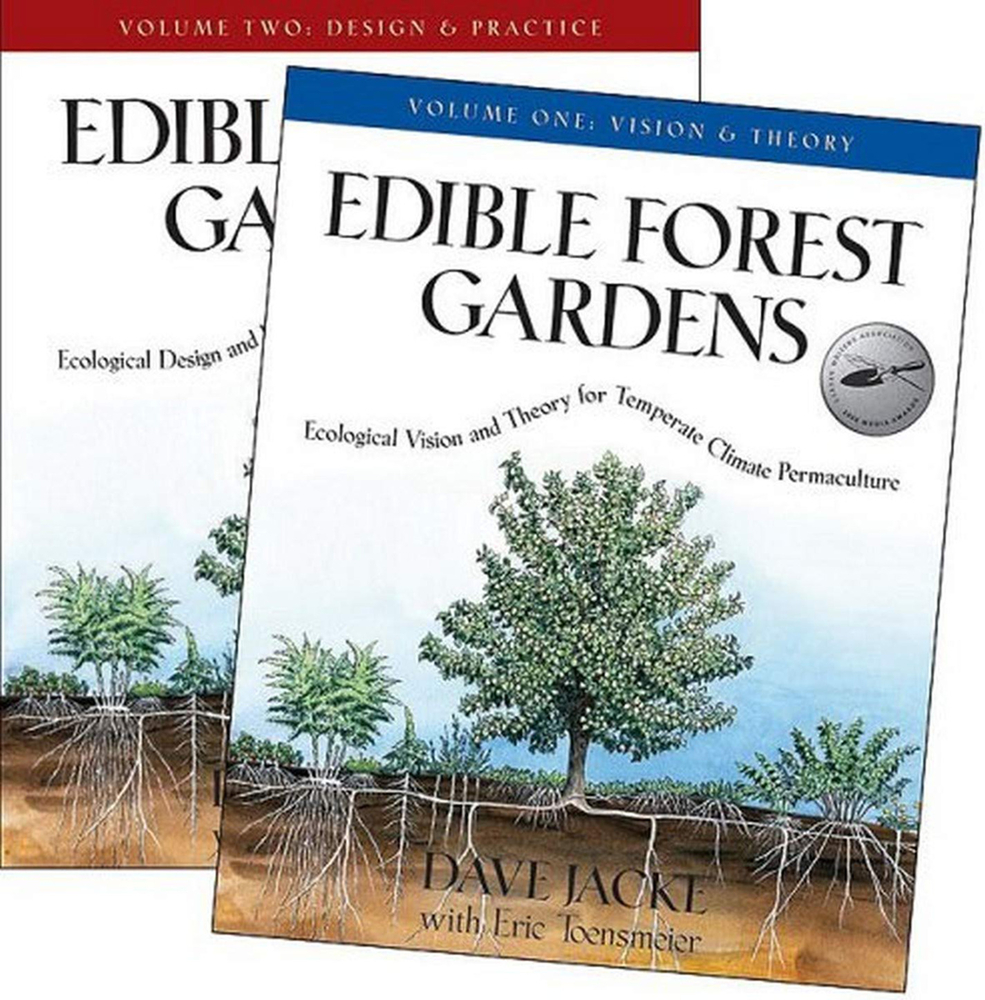
Dave Jacke and Eric Toensmeier, Edible Forest Gardens (2005)
As the book explains, “a forest garden is an edible ecosystem, a consciously designed community of mutually beneficial plants and animals intended for human food production,” and these books are the comprehensive, in-depth course in edible forest garden design. At a dense 1,000 pages over two volumes, Jacke and Toensmeier’s books, while being extremely valuable, are perhaps not the best introductory texts. The true beginner might want to start with Gaia’s Garden and then make their way here. As Toby Hemenway, the author of Gaia’s Garden, puts it: “These will be the benchmark works in the field for many years. The level of scholarship and meticulous footnoting is unsurpassed by anything I’ve seen in permaculture literature.”
Recommended by 1 expert
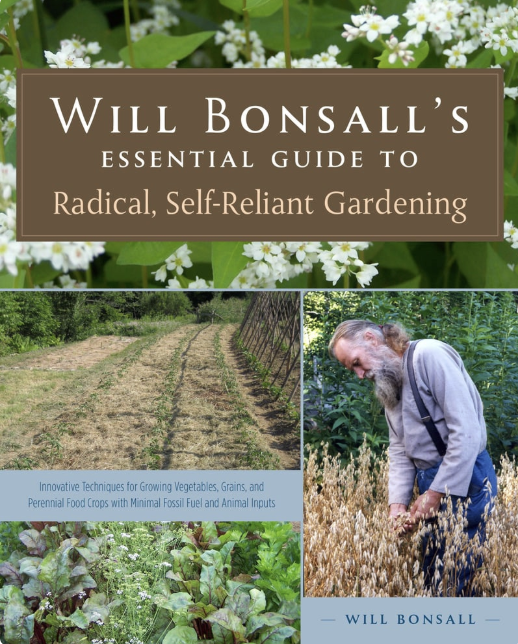
Will Bonsall, Will Bonsall’s Essential Guide to Radical Self-Reliant Gardening (2015)
“The risk of describing [this book] as a gardening book is that the aspiring reader may miss the reality that it is really a book on life, centered as a good life should be, around a garden,” says Jim Gerritson, certified organic seed potato grower and owner of Wood Prairie Farm. Will Bonsall’s Essential Guide to Radical Self-Reliant Gardening is a detailed and practical guide from an experienced, down-to-earth farmer, drawing on 40 years of growing and eating his own food. The book offers meticulously detailed how-to information from soil fertility and seed saving to Bonsall’s sustainable philosophies on life.
Recommended by 1 expert
__________________________
THE EXPERTS
__________________________
David Holmgren is the co-originator of the permaculture concept following publication of Permaculture One, co-authored with Bill Mollison in 1978. David is globally recognised as a leading ecological thinker, teacher, writer and speaker promoting permaculture as a realistic, attractive and powerful alternative to dependent consumerism.
Tony Rollison has, for over 20 years, been a director at Permaculture magazine & Permanent Publications, with a focus on urban permaculture, community and solutions. He is also a published author, musician and band manager who lives in Portsmouth, UK with his wife Andrea.
Claudia Joseph teaches permaculture in the Mid-Hudson valley while developing her homestead as an educational model. She previously oversaw projects in NYC and Oakland, CA, focused on public outreach. Teaching the Permaculture Design Certificate course, working with botanical gardens and offering events and workshops, she has actively engaged with the community for over 25 years. She holds two Permaculture Design Consultant certificates along with Diplomas of Education and Design from Permaculture Institute of America and Permaculture Institute of North America. As Organizer of the Rondout Valley Permaculture meetup since 2019, Ms. Joseph schedules social or educational activities each month. She is a lifelong artist, enjoying writing, music and visual expression.
*In addition, I separately constructed a list of the fifteen best from my own research. The books that made it onto my list also received an editor endorsement.
Catherine Habgood
Catherine Habgood is a writer and editor living in New York City. She is one of the fiction editors at The Washington Square Review and is pursuing an MFA in Fiction at New York University.











